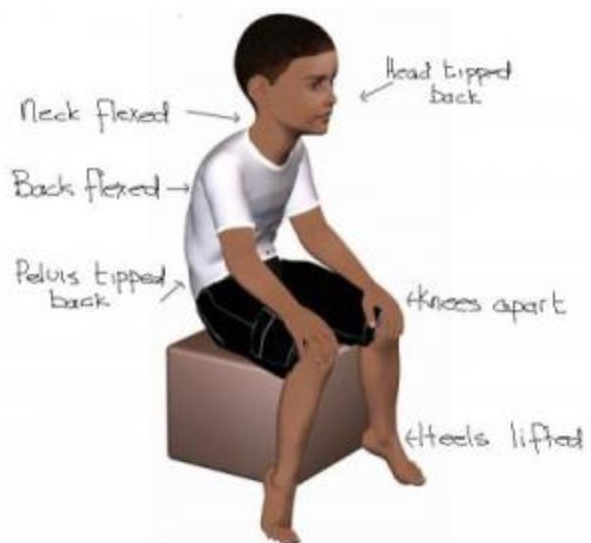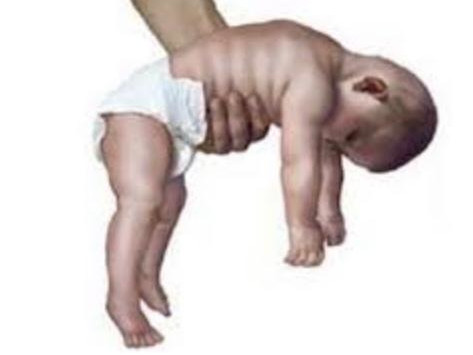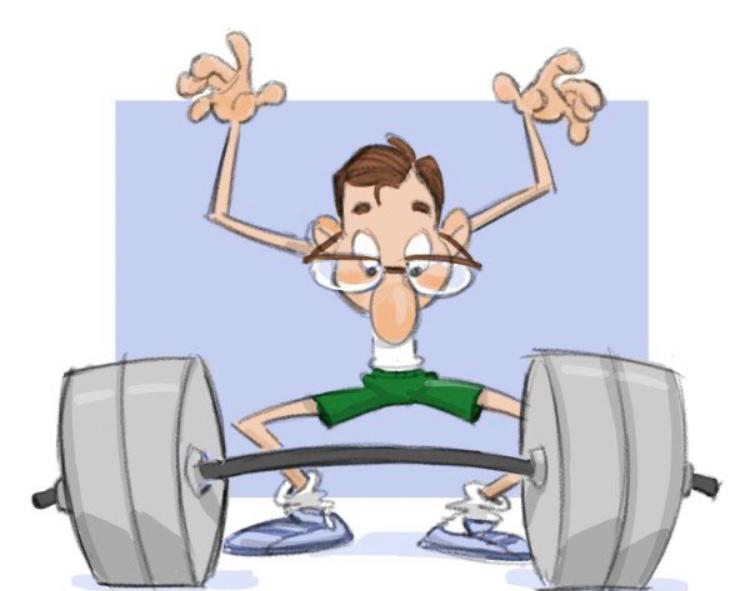Muscle tone
MUSCLE TONE is the tension of a muscle at rest. It is the muscle’s response to an outside force,
such as a stretch or change in direction. Tone is evaluated by the amount of resistance you feel during passive movement.
Muscle tone occurs at an involuntary level. They keep the muscles ready for action. It allows the muscles to work against gravity,
help maintaining stability around the joints and work for longer period of times without us getting too tired.
This constant activated state maintains balance and posture and allows for more fluidlike movements.
MUSCLE STRENGTH is the muscle’s ability to contract and create force in response to resistance.
Muscle strength is what your muscles do when they aren’t at rest. This is a more conscious and voluntary reaction.
The power of your contraction is dependent upon your muscle mass which can be changed by weight training and exercise.


Muscle tone is regulated by the brain. Our central nervous system controls muscle tension at all times and our vestibular system supports his tension. The brain primes the muscles for action by sending signals to the sensory receptors in the muscles. They are responsible for detecting changes in muscle length and there are numerous feedback loops to tell the brain whether the muscles have responded appropriately. A child's unique neurological wiring determines whether he will be low, high, or normal toned. Genetic factors can also play a role in this normal range in muscle tone.
Major changes in muscle tone can be affected by diseases that damage the brain, such as a stroke, head injury or cerebral palsy. In these cases, muscle tone might be very high or very low and this makes movement much more difficult
Hypotonia or low muscle tone
The child with low tone has muscles that are slow to initiate a muscle contraction, contract very slowly in response to a stimulus, and cannot maintain a contraction for as long as his "normal "peers. There is a reduced readiness for action. These are the "floppy" children who have difficulty maintaining any posture without external support. They have to put in more effort to get their muscles moving properly when doing an activity. They fatigue easily. There may be a neurological diagnosis that is the cause of the low tone; however some children exhibit low tone with an unknown cause. These children may be slower to reach their motor milestones but otherwise do not typically show any other delays.
Hypertonia or high muscle tone
In the case of muscular hypertonicity (hypertonia or high muscle tone), even at rest, there is an increased state of active muscle contraction. Hypertonia is commonly seen in Cerebral Palsy but may also affect those affected by other pathological disorders such as a stroke. Hypertonia is caused by damage to the cerebral cortex. High muscle tone will often present as appearing rigid, it’s generally difficult to move and often involve muscles responsible for flexion, more than extension. In the leg, the knee may have a slight bend, the same will go for the elbow, while wrist and fingers are often fisted.There are typically 3 kinds of hypertonia:
- Spasticity – velocity dependent
- Dystonia – involuntary muscular contraction when voluntarily moving
- Rigidity – resistance to movement, fast or slow.
The severity of the high or low tone can vary greatly from child to child and muscle to muscle. Although strength and tone are different, when a muscle is not in an ideal position to be ready for contraction, the muscle strength will be impaired.
